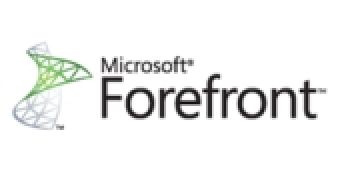On June 1st, Microsoft has quietly made available for download a new version of its Forefront Identity Manager (FIM) 2010.
FIM 2010 R2 is now available for download for all TechNet and MSDN subscribers and should become available for the general public in the not too distant future.
The digital-identity-management product comes with integrated Active Directory and Exchange Server and has been released as the successor of the Microsoft Identity Lifecycle Manager.
Microsoft designed FIM to provide support for tasks such as identity synchronization, user password resets, certificate management, user provisioning and more.
Forefront Identity Manager 2010 R2 arrives with increased global reach, better performance, a new Extensible Connectivity MA framework, and with enhanced Troubleshooting and Diagnostics.
The FIM Service and Portal are available in 19 languages now, while the SSPR Registration and Reset portals are available in 33 languages. Moreover, add-ins and Extensions were made available in 33 languages.
On the performance side, FIM comes with improvements related to initial load, clearer FIM Service database tuning guidance and enhancements, and support for batching and other configuration options in FIM Management Agent.
A wide range of other improvements have been included as well in the new Forefront Identity Manager 2010 R2 when compared to the Forefront Identity Manager 2010, all of which can be seen detailed on Microsoft’s website.
The Release Notes for FIM 2010 R2, which offer an overview of the main known issues with the product, are detailed on this webpage at Microsoft.
As ZDNet’s Mary Jo Foley notes, FIM is only one of the products that Microsoft has in the Forefront family, which also includes Endpoint Security, Network (Edge) Access and Protection, and Application Protection.
Recently, the Redmond-based software giant started delivering information on its identity-management strategy and plans, including some details on the Windows Azure Active Directory technology. More info on these should become available next week at Microsoft’s TechEd conference in Orlando.

 14 DAY TRIAL //
14 DAY TRIAL //